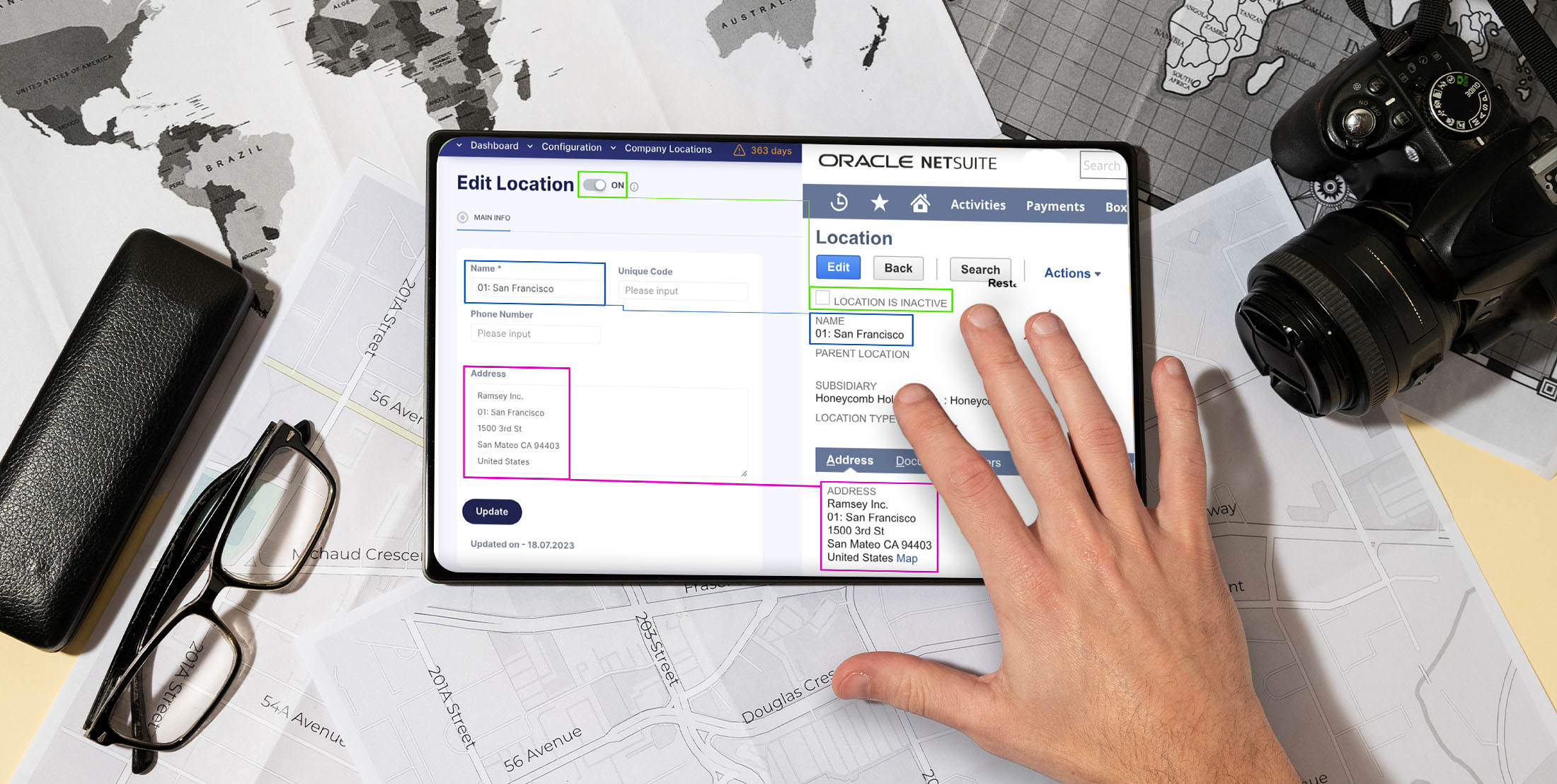How Matrix Item with Dropship capability can help to streamline Inventory Management in NetSuite
Managing product variations can be a daunting task for eCommerce websites. As businesses expand their product offerings, the number of possible combinations with different attributes like size, color, or style can quickly become overwhelming. This is where matrix items in NetSuite come in handy.
Oracle NetSuite ERP can help to convert the existing Matrix items into a dropship or can create a new dropship item with all different matrix attributes (like size, and color of the shirt). In 2020-2021, One of GIR’s largest online retail customers launched over 5000 matrix items on a NetSuite Suitecommerce advanced website with dropship capabilities. This simplifies inventory management by consolidating related variations under a single parent item.
What are Matrix Items in NetSuite?
Matrix items are used in eCommerce when a product can be customized with different options like size, color, or style. They represent all the different combinations or variations of these options.
For example, an eCommerce website sells t-shirts and offers customers the option to choose the size (small, medium, large) and color (red, blue, green) of the t-shirt. In this case, the website might use a matrix item system to represent all the possible combinations of size and color.
In NetSuite, parent and child matrix items are used to manage and organize products with multiple attributes and variations. The parent item serves as a high-level representation of a product, while the child items represent specific variations or combinations of attributes.
1. Parent Matrix Item: It contains general information and attributes that are common across all its child items. It acts as a container for the child items, allowing for easy management and organization.
2. Child Matrix Item: Inherit certain attributes from the parent item, such as the item description, pricing, and stock levels. However, they also have their own unique attributes, such as size and color, which differentiate them from one another.
The image below shows the parent matrix item and the child matrix item
How to create a Matrix Item in NetSuite
There are two primary ways to create Matrix items in NetSuite: Matrix Item Assistant and Manual Creation
1. Matrix Item Assistant:
Matrix Item Assistant: It is a user-friendly tool designed to simplify the process of creating Matrix items. It provides a step-by-step process that guides you through creating Matrix item records. Here's how it works:
-
Step 1: Go to Lists > Accounting > Items > New
-
Step 2: Click Matrix Item Assistant
-
Step 3: Set Up Item Basics
-
Step 4: Create Item Property Lists
-
Step 5: Choose Property Combinations
-
Step 6: Choose and Create Items
2. Manual Creation:
It offers more flexibility and control over the creation of Matrix items. It allows you to manually build the Matrix item structure by defining the matrix dimensions and their respective values. Here's how you can use it:
-
Step 1: Go to Lists > Accounting > Items > New
-
Step 2: Click Create Matrix items
-
Step 3: Define the matrix dimensions, such as size, color, or style.
-
Step 4: Assign the dimension values for each dimension. For example, if the dimension is size, the values could be small, medium, and large.
-
Step 5: Specify the price, and other item details for each combination of dimension values.
-
Step 6: Save the Matrix item record.
By leveraging Matrix items in NetSuite, businesses can benefit from improved visibility into inventory levels, simplified order processing, and enhanced customer satisfaction. If you need assistance with Matrix items in NetSuite or have any questions, don't hesitate to Contact the GIR team. We have extensive expertise in NetSuite and can provide valuable guidance and support in optimizing your inventory management processes.



